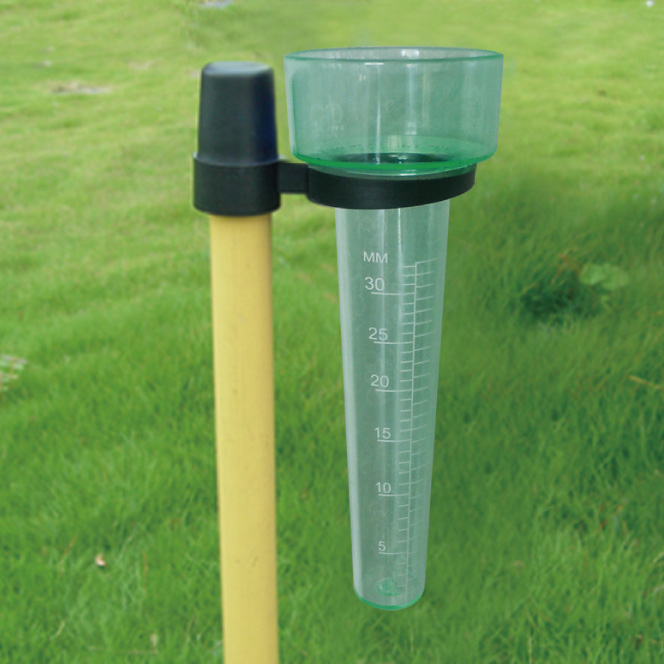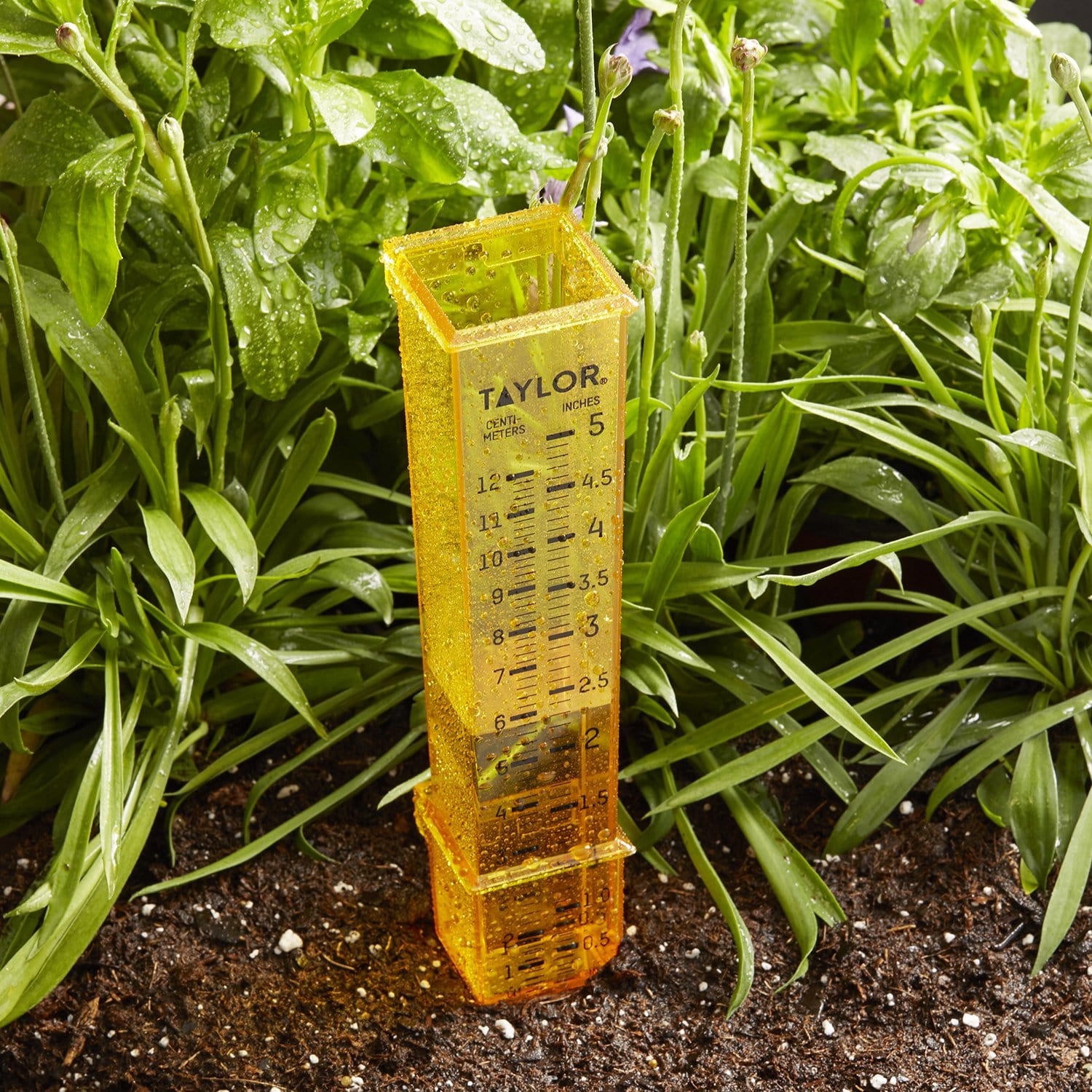The Rain Gauge: Figuring Out Rain Patterns and Enhancing Climate Understanding
The Rain Gauge: Figuring Out Rain Patterns and Enhancing Climate Understanding
Blog Article
DIY Rain Gauge: Simple Steps to Make Your Own
Are you thinking about tracking rains in your area? Producing your own DIY rain gauge is a easy and efficient means to tape and gauge rainfall. With just a few usual materials and some standard steps, you can conveniently build your very own rainfall gauge at home. In this overview, we will certainly supply you with a detailed procedure to help you develop your own rainfall gauge. No demand for any kind of specialized understanding or equipment - this task can be finished by anybody. By following these simple guidelines, you will certainly have a dependable tool to measure rainfall and add to your understanding of the local weather patterns. Allow's get started on making your DIY rainfall gauge today!
Gather Materials
To start creating your DIY rainfall scale, collect all the needed materials using an extensive checklist of items. Having the right products on hand will certainly ensure the effective creation of your rainfall gauge and allow for exact measurements of rainfall. Collecting these products ahead of time will certainly enhance the construction process and guarantee that you have everything you require to produce your very own Do it yourself rainfall scale.
Prepare the Container

Mark the Measurement Increments
To accurately gauge the amount of rains, properly marking the dimension increments on your do it yourself rain gauge is crucial. Without clear and precise markings, it would certainly be hard to identify the specific quantity of rainfall collected in your rain scale. Below are the actions to note the measurement increments on your rainfall scale.
The most usual units for determining rains are inches and millimeters. As soon as you have actually picked the unit, use a long-term marker or water-proof paint to mark the increments on the side of your rain scale.
When noting the increments, it is crucial to guarantee that they are equally spaced and plainly visible. Use a ruler or determining tape to make certain accuracy and consistency. In addition, make sure that the markings are resistant to fading or abrading, as exposure to the components may create them to weaken in time.
Place the Rainfall Gauge Outdoors
The rain scale should be placed outdoors to properly gather rains information. The area picked for the rain gauge should be open and totally free from any obstructions that might possibly influence the measurement of rainfall. The Rain Gauge.
In addition, it is critical to place the rainfall gauge on a stable surface area, such as a degree ground or a strong post. This will certainly protect against any type of activity or tilting of the scale, which could result in imprecise measurements. It is likewise advisable to stay i loved this clear of positioning the scale near any resources of fabricated water, such as sprinklers or drain systems, as this can hinder the accuracy of the measurements.
Screen and Document Rainfall Information
Routine surveillance and recording of rains data is vital for accurate data evaluation and analysis. By keeping track of rainfall dimensions, you Home Page can gain useful insights into weather patterns, environment fads, and water resource management. To properly monitor and record rains data, it is very important to develop a regular and keep consistent techniques.
To start with, guarantee that your rain scale is placed in an open location far from obstacles such as trees or structures that may block rainfall. Additionally, see to it the rainfall scale is level and firmly secured to stop any movement that can impact the precision of the measurements.

When videotaping the rains information, it is very important to keep in mind the date and time of each measurement. Utilize a leader or a measuring adhere to establish the rainfall depth in the rain gauge, and document this info accurately.
To ensure the accuracy of the measurements, it is suggested to empty the rain gauge after each recording. This will certainly protect against any type of overflow or dissipation from impacting click over here succeeding measurements.
Conclusion
Finally, creating a DIY rain gauge is a practical and straightforward means to monitor and videotape rains information (The Rain Gauge). By adhering to the steps detailed in this write-up, you can conveniently gather materials, prepare the container, note the measurement increments, and put the rainfall gauge outdoors. On a regular basis monitoring and taping rainfall information can offer valuable information for numerous purposes
Having the right products on hand will ensure the successful development of your rainfall gauge and enable for accurate measurements of rainfall.To accurately determine the quantity of rainfall, accurately noting the dimension increments on your Do it yourself rain gauge is vital.The rain gauge ought to be placed outdoors to precisely gather rains information. The area picked for the rainfall scale ought to be open and totally free from any kind of obstructions that might possibly influence the measurement of rainfall.In final thought, producing a DIY rainfall gauge is a practical and straightforward means to keep track of and record rainfall data.
Report this page